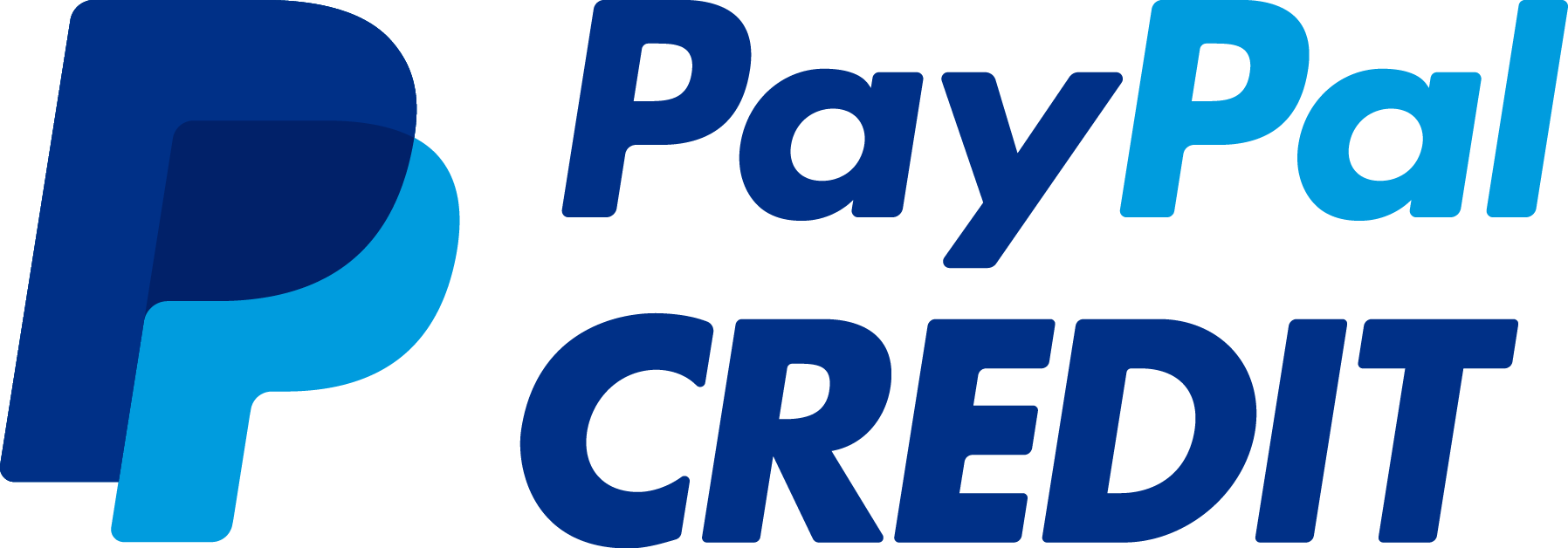FEATURE DETAILS
Thanks to sophisticated programming and countless lovingly preserved tonal details, VINTAGE ORGANS reaches a new level in tonal accuracy and sonic flexibility. The user interface gives you nearly everything you would expect from the originals, plus provides several additional features exceeding the possibilities of the role models.
ORGAN PAGE
The Organ Page is where you can find all of the controls found on the original models. Here you can control the drawbars, percussion, vibrato/chorus, and other sound controls related to the actual features of that particular organ.
The different manuals of each organ are easily accessible through separate MIDI channels, or through Keysplit mode.
Each organ model comes with twelve convenient presets which are the ideal starting points for your projects. You can store and recall these presets either via the Preset knob instantly or the C0 - B0 octave of your keyboard - perfect for changing presets while playing the right hand.
The useful 'Direct Sound' option allows users to separate the bass (lower) manual from the upper two, bypassing the effect chain (e.g. rotary, reverb, etc) to deliver a clean, warm bass tone.
The different manuals of each organ are easily accessible through separate MIDI channels, or through Keysplit mode.
Each organ model comes with twelve convenient presets which are the ideal starting points for your projects. You can store and recall these presets either via the Preset knob instantly or the C0 - B0 octave of your keyboard - perfect for changing presets while playing the right hand.
The useful 'Direct Sound' option allows users to separate the bass (lower) manual from the upper two, bypassing the effect chain (e.g. rotary, reverb, etc) to deliver a clean, warm bass tone.

AMP PAGE
The distinctive sound of classic organ recordings is also very reliant on the amplification used, so that's why VINTAGE ORGANS includes a dedicated amp page where you can control the envelope, drive, EQ and cabinet type to further shape your sound. Here you will also find controls for the high-end convolution reverb with true plate and spring impulse response samples as well as the rotary speaker parameters.
A comprehensive volume envelope is also included, where users may tweak their sound to perfection. Adjusting the attack, for example, the characteristic 'click' can be removed as desired. By pushing the Release knob for example, the sound gets an unnaturally long release time. This was not available on the original organs and is a nice add-on to create unusual effects.
A comprehensive volume envelope is also included, where users may tweak their sound to perfection. Adjusting the attack, for example, the characteristic 'click' can be removed as desired. By pushing the Release knob for example, the sound gets an unnaturally long release time. This was not available on the original organs and is a nice add-on to create unusual effects.

SETTINGS PAGE
Access advanced performance options relating to each instrument. Configure MIDI channels and mapping, tweak drawbar behavior and more with this integrated settings page.
All controls can be automated in your DAW, plus you can assign any desired MIDI controller to any parameter. VINTAGE ORGANS already comes with controller presets for organ controllers like the DOEPFER D3C Organ Controller or the B4D*, offering dual Manual control and direct drawbar interaction.
Other advanced features:
The modwheel, pedal and aftertouch can be routed to various destinations selected from their respective drop-down menus. For example, you can use the pitch bend wheel for moving a set of drawbars, which is especially useful if you don't own a drawbar controller. Or use aftertouch or the sustain pedal to activate the rotary speed - VINTAGE ORGANS can be perfectly adapted to your individual needs and setup!
*Used by countless B4 owners, but now sold out.
All controls can be automated in your DAW, plus you can assign any desired MIDI controller to any parameter. VINTAGE ORGANS already comes with controller presets for organ controllers like the DOEPFER D3C Organ Controller or the B4D*, offering dual Manual control and direct drawbar interaction.
Other advanced features:
The modwheel, pedal and aftertouch can be routed to various destinations selected from their respective drop-down menus. For example, you can use the pitch bend wheel for moving a set of drawbars, which is especially useful if you don't own a drawbar controller. Or use aftertouch or the sustain pedal to activate the rotary speed - VINTAGE ORGANS can be perfectly adapted to your individual needs and setup!
*Used by countless B4 owners, but now sold out.

FULL FLEXIBILITY WHEN USED WITHIN KONTAKT
As VINTAGE ORGANS is a fully open-ended KONTAKT Instrument, expert users owning KONTAKT can further expand their repertoire by re-configuring the sample mapping, effects or any other detail as required.

Mac is a registered trademark of Apple Inc., registered in the U.S. and other countries. Hammond is a registered trademark of SUZUKI MUSICAL INSTRUMENT MANUFACTURING CO. LTD., JAPAN. Farfisa is a registered trademark of SIGMA S.P.A. ITALY. All other product and company names are trademarks™ or registered® trademarks of their respective holders. All specifications are subject to change without notice.










Some of these payment methods might not be supported in your country. Learn more.